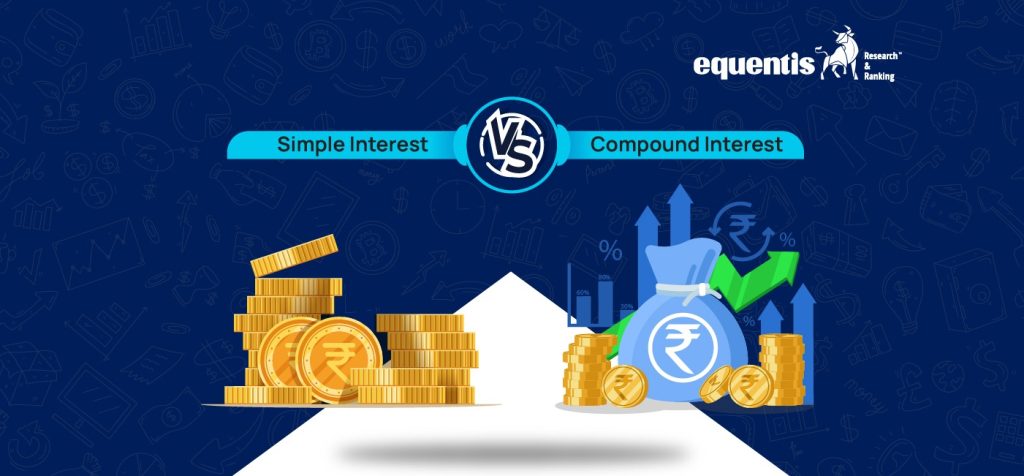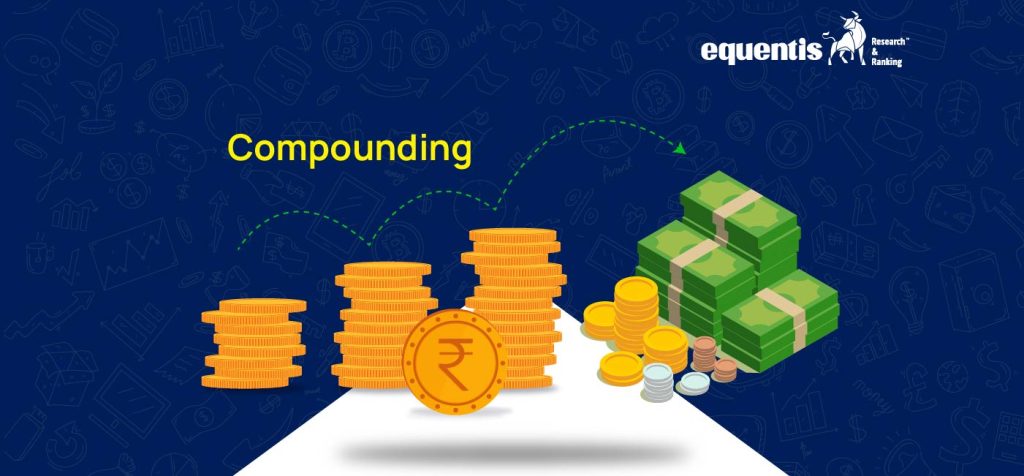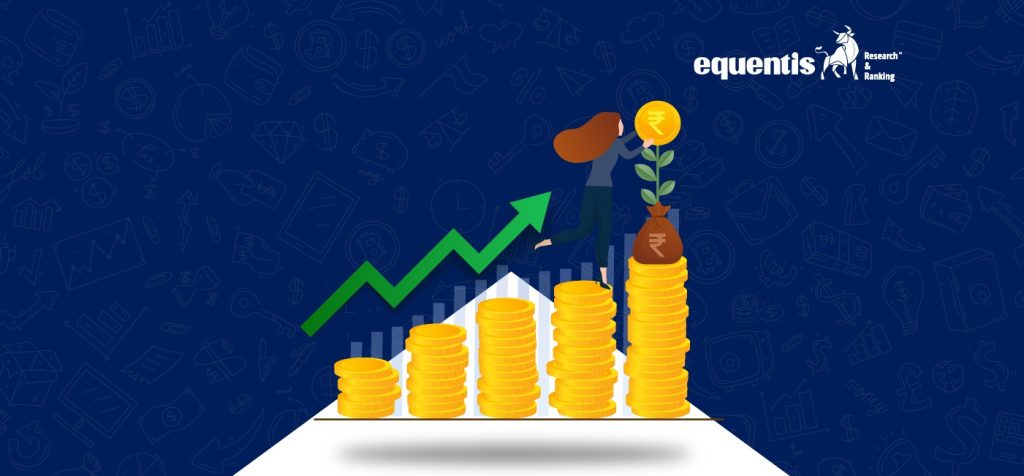
Introducing Compound Interest Calculator
A smarter way to estimate your future returns
Watching your wealth grow with compound interest and calculating it are now equally easy with our Compound Interest Calculator. This tool helps you visualize the power of reinvesting earnings with ease.
Track The Investment Growth
Understand how compounding accelerates wealth creation and refine your financial strategy.
Estimate Future Returns
Get a clear picture of potential earnings and align your financial objectives accordingly.
Compound Interest Calculator
The Right Tool to Plan Your Investments with Precision
Initial Investment
₹1.00 L
Gains
₹2.30 L
Maturity Amount
₹3.30 L
If you invest ₹ 1 L for 10 years compounded monthly at 12% returns, then your investment will grow to ₹3.30 L.
How to Use the Compound Interest Calculator
Using a compound interest calculator is easy and doesn’t require you to be a math wizard. Most tools are user-friendly and come with pre-filled options.
Enter the Principal Amount
This is your initial investment (e.g., ₹50,000).
Select Interest Rate
Choose the expected annual return (say, 8%).
Set the Investment Duration
Number of years you’ll keep the money invested.
What Is Compound Interest?
How Does the Compound Interest Calculator Work?
Benefits of Compound Interest Calculator
Real-Life Examples of Compound Interest
Compound Interest vs Simple Interest
Factors That Influence Compound Interest
Limitations of the Compound Interest Calculator
As helpful as these tools are, they do have some drawbacks
- No Inflation Adjustment
- Static Interest Rate
- No Tax Calculation
- Ignores Withdrawals
- Not Ideal for SIPs
No Inflation Adjustment
They don’t show real purchasing power.
See Your Investments Grow with Equentis!
Calculate, strategize, and maximize your returns effortlessly.
At Equentis, we simplify the process of wealth creation at the planning stage itself, with our compound interest calculator. It gives a clear picture of your future corpus by analyzing your investment tenure, returns, and compounding intervals.
Our Other Calculators
Discover a suite of cutting-edge tools to enhance your financial journey:
Frequently Asked Questions
Clearing doubts, one question at a time





